| North Carolina's 189 Odonate species | ||||
|---|---|---|---|---|
| Sort Species by: Family Scientific Name [ Undocumented ] |
| Related Species in COENAGRIONIDAE: | Number of records for 2026 = 0 | |
| Photo Gallery for Eastern Forktail 28 photos are shown. | Other NC Galleries: Jeff Pippen Will Cook Ted Wilcox | ||
 | Photo 1 by: B. Bockhahn Comment: Macon, 2025-05-22, |  | Photo 2 by: Harry LeGrand, Lori Arent, Audrey Whitlock Comment: Ashe, 2024-06-12, - Pond Mountain eastern pond; photo by Audrey Whitlock |
 | Photo 3 by: Harry LeGrand Comment: Alleghany, 2022-06-14, various sites in Alleghany County - Little Glade Millpond (Blue Ridge Parkway) | 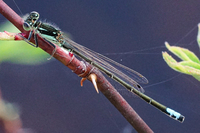 | Photo 4 by: P Dixon Comment: Madison, 2022-03-31, |
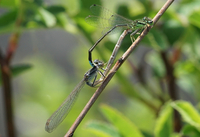 | Photo 5 by: p dixon Comment: Madison, 2021-04-09, Hot Springs area | 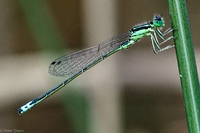 | Photo 6 by: p dixon Comment: Madison, 2020-09-28, Hot Springs area |
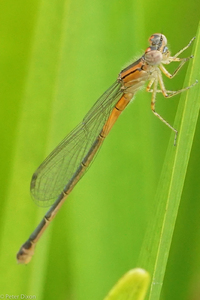 | Photo 7 by: p dixon Comment: Madison, 2020-08-12, Pond at Wolf Laurel exit, I-26 |  | Photo 8 by: p dixon Comment: Madison, 2020-08-01, Pond at Wolf Laurel exit on I-26 |
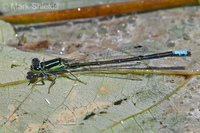 | Photo 9 by: Mark Shields, Hunter Phillips Comment: Mitchell, 2019-05-16, Living Waters Campground, Glen Ayre. - abundant at ponds. Many ovipositing females. | 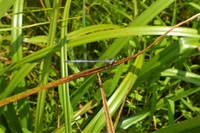 | Photo 10 by: Mike Turner Comment: Avery, 2018-07-29, Mill pond on the Elk River; Banner Elk |
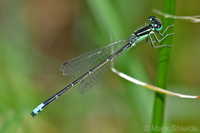 | Photo 11 by: Mark Shields Comment: Jackson, 2018-06-25, Pond beside Breedlove Road, 5 km northeast of Cashiers | 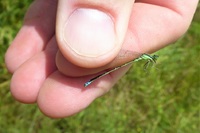 | Photo 12 by: Mike Turner Comment: Wilkes; P, 2018-05-27, Lowe's River Edge Park-retention pond |
 | Photo 13 by: Curtis Smalling Comment: Watauga, 2017-04-28, Meat Camp Creek ESA - common for the first time this year | 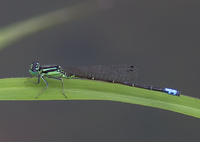 | Photo 14 by: John Petranka, Sally Gewalt Comment: Alleghany, 2015-07-13, Little Glade Millpond, along Blue Ridge Parkway about 0.5 mi. south of US 21 at Mile Marker 230 - Males. |
 | Photo 15 by: Curtis Smalling; Harry LeGrand Comment: Watauga, 2012-06-19, at private pond |  | Photo 16 by: Curtis Smalling; Harry LeGrand Comment: Watauga, 2012-06-19, at private pond |
 | Photo 17 by: Doug Johnston, Vin Stanton, Gail Lankford, Janie Owen Comment: Madison, 2012-04-28, Max Patch, Pisgah National Forest - Male & Female | 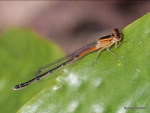 | Photo 18 by: Doug Johnston Comment: Buncombe, 2012-03-30, Beaver Lake Bird Sanctuary |
 | Photo 19 by: Vin Stanton, Doug Johnston Comment: Transylvania, 2011-08-19, Brevard - Male & Female | 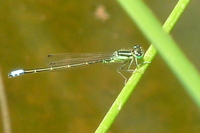 | Photo 20 by: Chelsea Rath Comment: Burke; M, 2011-07-28, Blue Ridge Parkway |
 | Photo 21 by: Vin Stanton, Doug Johnston Comment: Haywood, 2011-06-08, imaged at Lake Junaluska and seen at Haywood Community College - Male & Female | 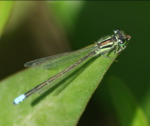 | Photo 22 by: Vin Stanton Comment: Buncombe, 2011-05-19, drainage pond at Beaver Lake Bird Sanctuary - many individual Males & Females |
 | Photo 23 by: Mark Swanson Comment: Avery, 2010-08-31 - Mating pair photographed near Land Harbors Lake. |  | Photo 24 by: Curtis Smalling Comment: Watauga, 2010-05-28, Meat Camp Creek Environmental Studies Area |
 | Photo 25 by: Vin Stanton Comment: Henderson, 2010-05-15, Imaged at Fletcher Park at pond | 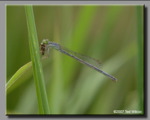 | Photo 26 by: Ted Wilcox Comment: Ashe, 2006-08-05, female |
 | Photo 27 by: Ted WIlcox Comment: Ashe, 2005-05-26, immature female | 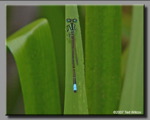 | Photo 28 by: Ted Wilcox Comment: Ashe, 2004-06-30, male |
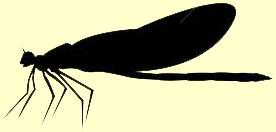
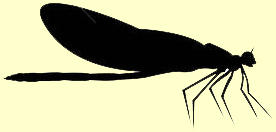 »
»